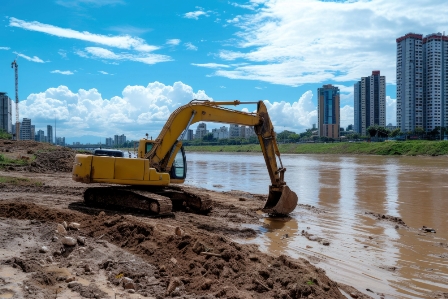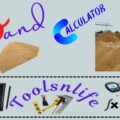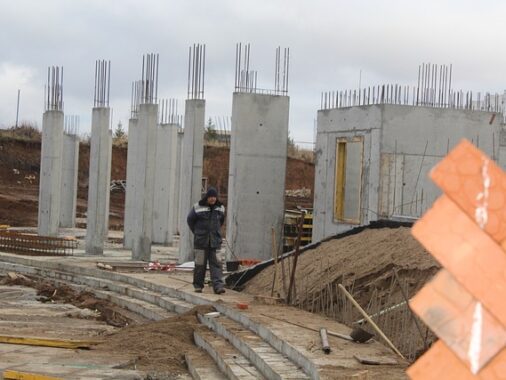River Rock Calculator: Accurate Measurements for Your Landscaping Project
As a landscaping professional with over 15 years of experience, I’ve created this comprehensive river rock calculator to help homeowners and contractors accurately plan their projects. Unlike basic calculators you’ll find elsewhere, this tool accounts for real-world factors like compaction, wastage, and material characteristics that most tools overlook.
Free River Rock Calculator
Jump straight to calculations: Use our interactive tool below to get precise measurements for your project
Choosing the Right River Rock: A Professional’s Guide
Selecting the appropriate river rock type is crucial for both aesthetics and functionality. Here’s what you need to know about the most popular options:
Pea Gravel
Best for: Pathways, playgrounds, drainage
Size: 1/4″ to 3/8″ diameter
Pros: Comfortable underfoot, excellent drainage
Cons: Can scatter easily, not ideal for steep slopes
Mexican Beach Pebbles
Best for: Decorative borders, water features
Size: 1″ to 3″ diameter
Pros: Smooth texture, attractive appearance
Cons: Higher cost, can be slippery when wet
Egg Rock
Best for: Driveways, heavy-use areas
Size: 2″ to 4″ diameter
Pros: Excellent stability, minimal displacement
Cons: Not comfortable for walking barefoot
Professional Measurement Techniques
Accurate measurements are the foundation of a successful river rock project. Here are field-tested methods I’ve used for years:
Irregular Area Measurement
For non-rectangular spaces, break the area into smaller rectangles and triangles. Measure each section separately and sum the areas.
Depth Considerations
Standard depth recommendations:
- Decorative coverage: 1-2 inches
- Pathways: 2-3 inches
- Driveways: 4-6 inches
- Weed suppression: 3-4 inches
Accounting for Compaction
River rock settles over time. Add 10-15% to your calculated volume for high-traffic areas to account for this natural compaction.
Professional Installation Best Practices
Proper installation ensures your river rock landscape remains beautiful and functional for years. Follow these steps:
Step 1: Site Preparation
Remove existing vegetation and grade the area to ensure proper drainage. A slight slope away from structures is ideal.
Step 2: Weed Barrier Installation
Use landscape fabric to prevent weed growth. Overlap seams by 6-8 inches and secure with landscape staples.
Step 3: Edge Restraints
Install plastic or metal edging to contain the river rock and create clean lines between different landscape areas.
Step 4: Rock Placement
Spread river rock evenly using a rake. Work from the perimeter toward the center to maintain consistent depth.
Maximize Your Budget: Insider Cost-Saving Strategies
Bulk Purchasing
Buying in bulk quantities (typically by cubic yard) can reduce material costs by 20-40% compared to bagged rock.
Local Quarry Direct
Purchase directly from local quarries when possible to avoid retailer markups. Many offer delivery services.
Seasonal Timing
Purchase river rock during off-peak seasons (late fall or winter) when demand is lower and prices may be reduced.
Accurate Calculations
Using our precise calculator prevents over-ordering, which is one of the most common budget wasters in landscaping projects.
Real-World Project Examples
Standard Residential Pathway
Dimensions: 3ft wide × 20ft long × 2in deep
Material: Pea Gravel
Calculation: 3 × 20 × (2/12) = 10 cubic feet = 0.37 cubic yards
Actual Used: 0.4 cubic yards (including 8% wastage)
Driveway Border
Dimensions: 2ft wide × 50ft long × 3in deep (both sides)
Material: Egg Rock
Calculation: (2 × 50 × (3/12)) × 2 = 50 cubic feet = 1.85 cubic yards
Actual Used: 2 cubic yards (including 8% wastage)
Ready to Transform Your Landscape with Confidence?
With this comprehensive river rock calculator and professional guidance, you’re equipped to plan your project with precision. Remember that proper calculation is the first step toward a beautiful, long-lasting landscape feature that adds value to your property.






